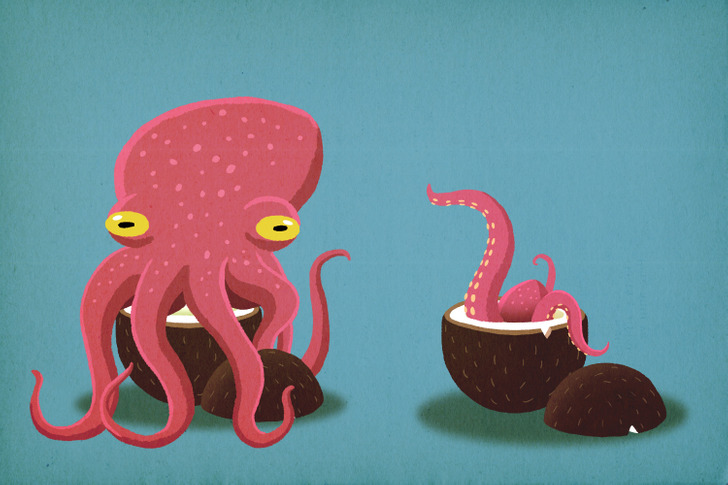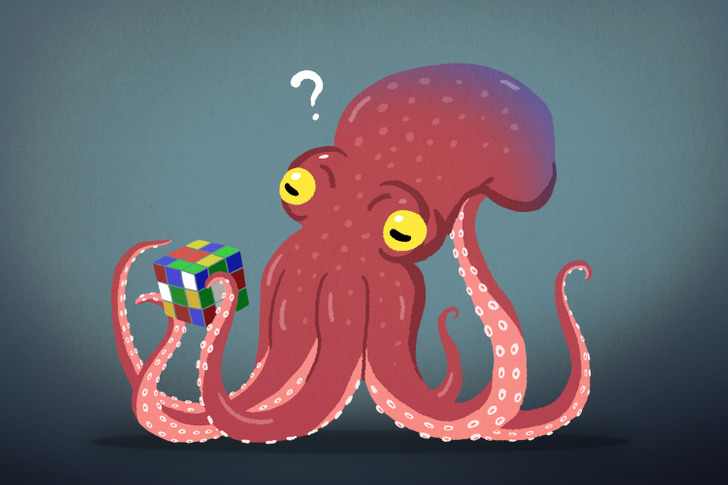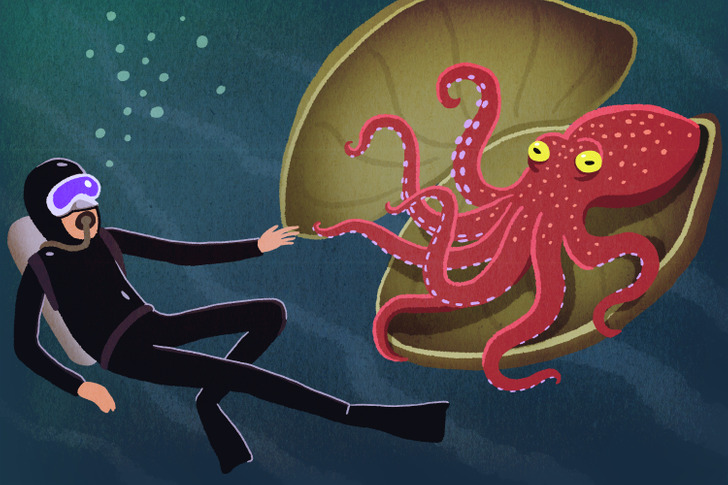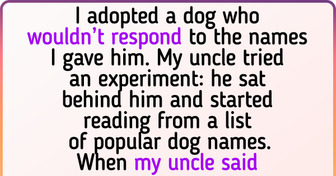15 Pictures That Show How Life Is an Endless Comedy Show

As humans, we’re very curious beings and have the urge to learn and understand things. And although we spend many hours learning about the world around us at school, there are always new surprising facts to be discovered that might not have been covered by the curriculum. But learning is a life-long journey, and it’s never too late to broaden our knowledge.
We at Bright Side came across some astonishing facts that can surprise even the most well-informed people.
Because of their complex intelligence, there are many tasks that are considered “human” that octopuses can also perform. Octopuses can develop memories of humans and even make “friends” and “enemies.” They also recall the nicknames people give them and will approach a person if they call them by these names. But if an octopus dislikes you, they will squirt water in your direction.

Another reason why octopuses are considered so smart is their use of tools. For example, they have been observed carrying coconut shells and using them as a sort of house, or protective shelter. Although carrying something as big as a coconut shell can be a big feat for most octopus species, this just shows that they are thinking ahead and planning for the future. The makeshift shelter helps to protect them from underwater predators.

While octopuses can’t solve a Rubik’s cube (yet), they enjoy playing with this object. On the other hand, there are several tasks that require good problem-solving skills that the species excels at. An octopus will throw objects in a targeted manner if it feels threatened by its mates. They can also escape from closed jars and navigate through mazes.

Scientists have suspected that humans form long-term memories by a process called LTP (long-term potentiation). This process includes an “engraving of memory traces” in the brain and contributes to storing information for a long time.
Once again, both we and the octopus species use the same method to form and store memories. According to researchers, this suggests that LTP is indeed a critical process that we must study if we want to know more about learning and remembering information.
Peanut butter is a carbon-rich material, so scientists have been using it to simulate the conditions under which diamonds are made. First, they need to extract the oxygen from carbon dioxide and then subject the peanut butter-derived carbon to very high temperatures and pressure. The result is a diamond-like crystal made entirely of peanut butter.
According to a study, goldfish can recognize classical music so well that they can tell the difference between music composed by Bach and Stravinsky. And although goldfish might really be virtuosos in disguise, they first needed to get familiar with the pieces, which took them several tries.
While it is generally believed that the probability of a coin toss is 50/50, in fact, one of the sides of a coin always has a bit more of an advantage. And this depends on the side that is facing up before the coin is flipped. So the odds of a coin flip are actually 51/49, but still pretty close to an equally likely event.
Trees use a complex underground network for communication purposes. Thanks to the fungi living in the soil and their connected roots, trees can send each other and even other plants signals about droughts and insect attacks. Furthermore, some trees even share their resources with other trees using this underground network.
If you ever wondered why koalas hug and press their bodies into trees, it’s not (only) to support their body weight and prevent them from falling off. Researchers who have observed koalas’ behavior found that, during hotter weather, koalas hold onto the tree trunks even closer. They also like to move to lower parts of the tree, using it to cool their bodies and regulate their temperature.
While they look nothing like strawberries or blueberries, bananas belong to the botanical category of berries. This is determined by the part of the plant that develops the fruit. And because bananas develop from a single ovary and have a soft outer layer and fleshy middle part, they can be called berries. Even more surprisingly, blueberries and strawberries cannot botanically be considered berries.
A recent study about cows looked into how they communicate using their moos. It has been found that cows can have “individual voices.” Through their moos, they can express emotions such as excitement and distress. The researchers have remarked that cows usually have very distinct voices, which can easily be told apart from the rest of the herd.
Have you ever heard of these facts before? Which one was the most surprising?











